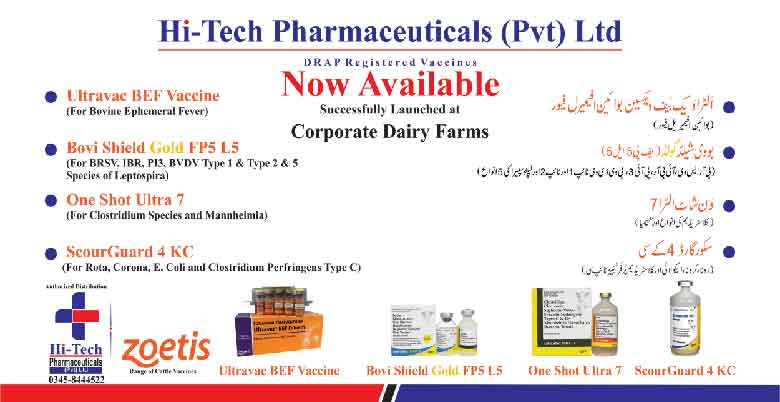Share by Stephen Kinyanjui : Veterinary Medicines and Veterinary Vaccines (VMVV)
Gumboro is a highly contagious viral disease of young Chicken from 3 weeks of age. Gumboro disease results in severe direct losses due to mortality and secondary loses due to poor production efficiency as a result of secondary infections as a consequence of immunosuppression. Gumboro destroys immature B lymphocytes in the bursa of fubricius and has a negative impact on the development of the immune system of the bird.
There are two serotypes of Gumboro disease;
• Serotype 1 (pathogenic)
• Serotype 2 (non pathogenic), animals with this serotype have protection against serotype
Pathogenesis
The route of infection is oral ingestion of contaminated faeces, by immunofluorescence techniques, demonstrated that within 4 to 5 hours after oral infection the virus is present in the macrophages and lymphatic cells of the duodenum, jejunum and the caecum. The gumboro virus reaches the liver 5 hours after infection by way of the portal venous system. The immature B lymphocytes in the bursa of fubricius are the target for viral replication and by 13 hours post infection most follicles in the bursa of fubricius are positive and by 16 hours post infection pronounced viraemia occurs with secondary viral replication in other lymphatic organs leading to disease and death within 64-72 hours post infection.
Clinical signs of Gumboro
Signs can be seen in 48–72 hours after infection. Initially, affected chicks appear depressed, have ruffled feathers, and a whitish or watery diarrhoea may be present. As the disease progresses, anorexia, dehydration, trembling, and death can occur. Vent picking can be observed. In affected flocks, morbidity may reach 100% and mortality may vary from 0% to 30%.
Postmortem findings
Necropsy reveals dehydration; haemorrhages in the thigh and pectoral muscles; and a bursa of Fabricius that is swollen and haemorrhagic or oedematous. The bursa atrophies to approximately 1/3 of the original weight by day 8 post-infection. Kidneys can be swollen with urate retention in the ureters.
Control
First line of control is proper biosecurity. Management practices such as limited and controlled site access to poultry house, foot bath and use of separate footwear for each house to minimize the risk of introducing the pathogens. At the end of production cycle of chicken that have been infected with IBDV a thorough site cleaning is recommended. The highest concentration of gumboro virus is in the chicken manure. Products containing chlorine releasing agents, iodophors or quaternary ammonium compounds are suitable to use for use as disinfectant in the control of gumboro.
Vaccination
Vaccination as an effective method relies on two as pects;
1. Vaccination of the parent stock to ensure that the progeny chickens are hatched with a high, uniform levels of maternal-derived antibodies
2. Vaccination of chicken with suitable live vaccine at the correct age.
